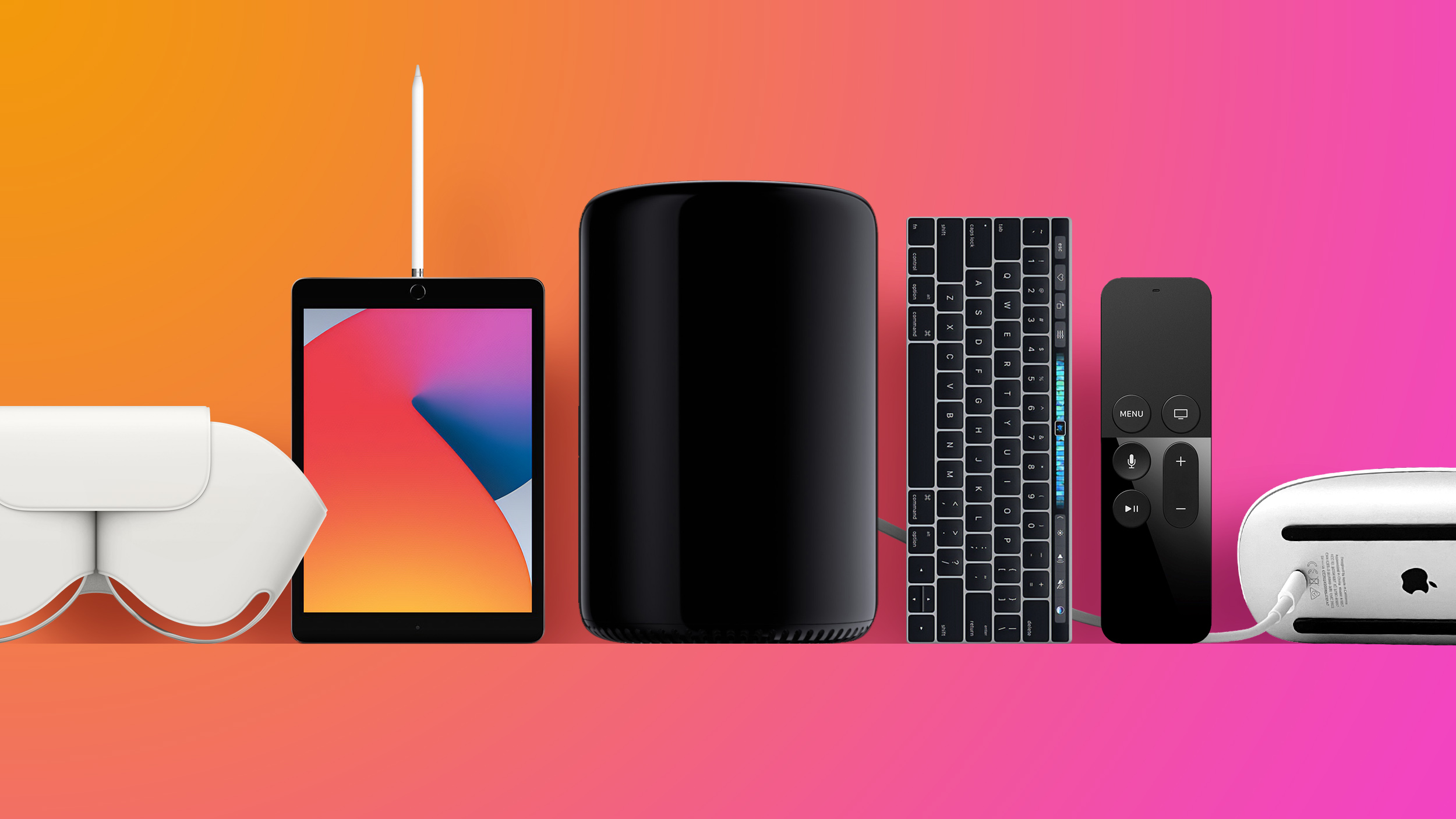
Apple has always emphasized the depth of thought that goes into the design of its products. In the foreword to Designed by Apple in California, a photo book released by the company in 2016, Jony Ive explains how Apple strives "to define objects that appear effortless" and "so simple, coherent and inevitable that there could be no rational alternative."

But every once in a while even Apple gets it wrong, and a tech company's coherent rationale for the way a product should be designed can translate into end-user irritation, or even a customer's personal hell. Here we take a look back at a handful of Apple's most questionable design decisions in recent memory. See if you agree, and let us know in the comments of any other Apple products that you think didn't live up to their billing.
1. Magic Mouse 2

Announced way back in 2015, the Magic Mouse 2 was heralded at its launch as yet another Apple innovation, due to its touch-sensitive surface that can recognize swipes and gestures as well as clicks. On the face of it, the sleek curves and glossy, seamless top surface of Apple's mouse makes it come across as a paragon of Apple design, until you come to charge it.
In an oft-queried decision, Apple opted to put the charging port on the underside of the Magic Mouse 2, suggesting to many that it had sacrificed usability for design. Arguably, Apple could have located the port on the front edge of the mouse, like most other wired and wireless mice, which would have allowed users to charge it while using it at the same time. But no.
In October 2023, eight years later, Apple announced the latest iMac, which boasts various neat functional design tweaks, like the Ethernet port in the charging brick, for instance. The Magic Mouse 2 comes included with the new iMacs and even sports several colors to match the all-in-one machines, but Apple still expects users to flip over their mouse and plug in a (now also dated) Lightning cable, which makes it not only unusable but also slightly pathetic-looking.
Apple's Magic Mouse 2 originally went on sale in the United States for $79 and that's the same price you'll pay for it today.
2. Apple/Siri Remote (2015-2021)

It's hard to downplay the amount of venom that's been aimed at the original Siri Remote since Apple first included it with the Apple TV in 2015, and if you never got to use the thing, that might seem a bit harsh.
After all, it had a clickable touchpad at the top that responded to swipes and gestures for navigating tvOS, and two uncomplicated columns of buttons clearly positioned below for controlling media playback. It even had an accelerometer and doubled as a game controller.
All good, you might think. But in practice, most users agreed it was an absolute clanger and an ergonomic disaster. The consensus was that Apple's Remote design was too small and too thin, which meant when it wasn't making your hands look worryingly huge it had gotten lost down the back of the sofa or between the cushions.
Then there was its non-intuitive button layout, which could be gauged best by the level of frustration that attended mistakenly pressing the Siri button to get back to the menu. Even now, few will have forgotten the very high sensitivity of the glass touchpad that sometimes made onscreen navigation a bit like watching Olympic curling.
All of this of course assumed you hadn't been holding it backwards, which almost every user did on at least a weekly basis. Thanks to its uncompromising symmetry, one end of the remote was practically indistinguishable from the other in low light. Not only that, the remote only came in black and had no backlighting to speak of, as though Apple had intentionally set out to make locating it in the dark an essential part of your weeknight entertainment.
In a move that likely saddened no-one, Apple banished the Siri Remote to the annals of tech history in 2021 when it unveiled the latest Apple TV 4K and a much-improved, all-new Siri Remote with a new clickpad interface offering five-way navigation.
3. Apple Pencil (1st Gen)

Another device that falls into the goofy-looking-when-charging category is the first-generation Apple Pencil, which was released in 2015, the same year as the Magic Mouse 2. Apple built a male Lightning connector under the cap that allows it to be plugged into an iPad for power, which sort of makes sense if you think about it.
In most situations when the Apple Pencil runs out of power, there's an iPad right there to plug it into, and to be fair, it charges pretty fast, offering around 30 minutes of usage after being plugged in for only 15 seconds. In that sense, it just works. But there's no getting around the fact that also just looks weird.
This could arguably be a case of Apple choosing function over form, but it doesn't appear to have taken into account the potential damage that could be inflicted on both devices if you accidentally wack the pencil on something when it's... Click here to read rest of article
Article Link: Apple's Most Questionable Design Decisions in Recent Memory
Last edited:


